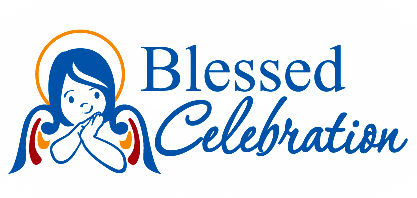Saint Aglaia Greek Orthodox Icon (also known as Aglaida or Aglae)
Important Timing Note: These are handcrafted icons from Greece. Average turnaround time is 4 weeks. Please allow 2-5 weeks for delivery. If you are in a rush for the icon, please do not order this handmade item.
~~~
Saint Aglaida (also known as Aglaia or Aglae) is recognized as a saint in the Greek Orthodox Church. She is commemorated on December 19 alongside Saint Boniface of Tarsus, her former servant and companion in repentance.
Life and Repentance
Aglaida was a wealthy Roman noblewoman in the 3rd century during the reign of Emperor Diocletian. She lived in an illicit relationship with her slave and steward, Boniface. Both were pagans at the time, but they eventually felt deep remorse for their sinful lifestyle and sought spiritual redemption.
Aglaida learned that venerating the relics of Christian martyrs could aid in salvation. She sent Boniface to the East, where Christians were being persecuted, to retrieve such relics. Upon arriving in Tarsus, Boniface witnessed the torture of Christians and, moved by their faith, declared himself a Christian. He was subjected to severe tortures and ultimately martyred by beheading .
When Boniface's relics were returned to Rome, Aglaida honored them with great reverence. She distributed her wealth to the poor, built a church in his name, and dedicated her life to prayer and asceticism in a monastery for 15 years. She is remembered for her repentance and transformation into a life of holiness .
Veneration in the Orthodox Church
In the Eastern Orthodox tradition, Aglaida is honored as Righteous Aglaia of Rome, and her story is celebrated as a testament to the power of repentance and God's mercy. Her commemoration on December 19 is shared with Saint Boniface, highlighting their intertwined journeys from sin to sanctity .
Their lives serve as a powerful example of transformation and the hope that even those who have strayed far can return to righteousness through sincere repentance.
The icon reproductions are created by iconographer monks of various Greek Orthodox monasteries in Greece and all images are approved replications by the Greek Orthodox Church. As icons are considered to be the Gospel in image, these images are accurate and true Orthodox renderings, not second-hand interpretations.
These icon reproductions are prepared in the traditional Orthodox style: a fine detailed image is mounted on solid wood. The mounted image is covered with shellac to provide the luster of a traditional byzantine icon. The icon is then covered with multiple layers of varnish to coat the image with a protective layer that shields the colors from fading and protects from humidity. This Icon also has a hook on the back enabling it to be hung on walls.
These icons are a true Orthodox image approved by the Eastern Orthodox Archdiocese.
Iconographer: Holy Monastery Dormition of Theotokos, Parnitha
Commemorates on: December 19



